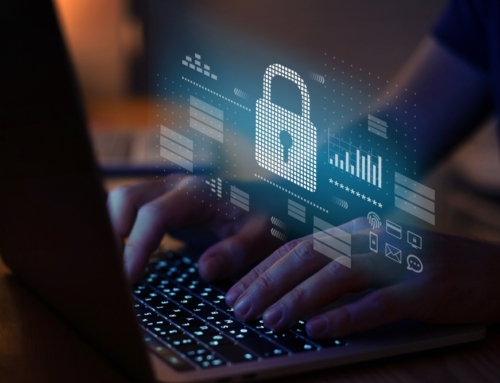As companies worldwide gear up for a significant shift back to in-office work, the landscape of corporate security is undergoing a profound transformation. Recent data from Resume Builder reveals that a staggering 90 percent of companies plan to implement return-to-office policies by the end of 2024.
This mass migration back to physical workspaces brings with it a renewed focus on the safety and security of executives, employees, and corporate assets. In this evolving environment, comprehensive executive protection services have become not just a luxury, but a necessity.
The Changing Workplace Landscape
The pandemic forced a global experiment in remote work, dramatically altering the traditional office environment.
The return to office life means that high-profile executives, who may have been working from the relative safety of their homes, are once again visible and accessible in public spaces. This increased visibility can potentially make them more vulnerable to various security issues, whether physical or cybersecurity risks.
Evolving Security Threats in the Post-Pandemic World
The security landscape has shifted significantly during the pandemic years. Several factors contribute to the increased need for robust executive protection:
1. Heightened Social Tensions: The pandemic has exacerbated social and economic inequalities, leading to increased social unrest and the potential targeting of corporate figures seen as symbols of wealth or power.
2. Cyber-Physical Convergence: As offices become more technologically integrated, the line between physical and cyber threats blurs. Executives now face risks that span both domains.
3. Global Instability: Geopolitical tensions and economic uncertainties have created a more volatile global environment, potentially increasing risks for multinational corporations and their leadership.
4. Insider Threats: Disgruntled employees or those facing financial hardship may pose increased risks to company assets and executives.
Need for Executive Protection
In light of these evolving threats, companies must adopt a holistic approach to executive protection. This goes beyond traditional bodyguard services and encompasses a wide range of security measures:
Physical Security
Personal Protection: Trained security personnel to accompany executives during travel and public appearances.
Secure Transportation: Armored vehicles and carefully planned routes for high-risk areas.
Venue Security: Advanced screening and security measures at office locations and event venues.
Cybersecurity Integration
Digital Footprint Management: Monitoring and protecting executives’ online presence and personal information.
Secure Communication Systems: Implementing encrypted communication channels for sensitive discussions.
IoT Security: Protecting smart devices and building systems from potential cyber-attacks that could compromise physical security.
Intelligence and Threat Assessment
Proactive Monitoring: Continuous assessment of potential threats from various sources, including social media and dark web intelligence.
Risk Analysis: Regular evaluation of security risks specific to each executive and the company as a whole.
Scenario Planning: Developing and regularly updating response plans for various security scenarios.
Employee Training and Situational Awareness
Security Protocols: Educating all employees on security best practices and emergency procedures.
Situational Awareness Training: Helping executives and key personnel recognize and respond to potential threats.
Cultural Sensitivity: Preparing executives for security considerations in different cultural and geographical contexts.
Technology Integration
Access Control Systems: Implementing advanced biometric and multi-factor authentication systems.
Surveillance and Monitoring: Utilizing AI-powered camera systems and data analytics for early threat detection.
Emergency Response Systems: Deploying rapid alert and response technologies for immediate action in crisis situations.
The Case for Enhanced Executive Protection
While the primary goal of executive protection is ensuring the safety of key personnel, there are also significant business benefits to implementing robust security measures:
1. Business Continuity: Protecting executives ensures uninterrupted leadership and decision-making capabilities.
2. Reputation Management: Demonstrating a commitment to security can enhance a company’s reputation among stakeholders.
3. Legal Compliance: Comprehensive security measures help companies meet their duty of care obligations.
4. Talent Attraction and Retention: A strong security posture can be a differentiator in attracting and retaining top executive talent.
5. Risk Mitigation: Effective executive protection can reduce insurance costs and potential legal liabilities.
A New Era of Corporate Security
As the corporate world transitions back to office-centric work models, the importance of executive protection has increased. The convergence of physical and digital threats, coupled with a more volatile global environment, necessitates a sophisticated and multifaceted approach to security.
Companies that prioritize the development of comprehensive executive protection programs will not only safeguard their leadership and assets but also position themselves as forward-thinking and responsible corporate citizens.
The return to office life presents both challenges and opportunities in the realm of executive protection. By embracing a holistic approach that combines physical security, cybersecurity, intelligence gathering, and advanced technology, companies can create a secure environment that allows their executives and employees to focus on what matters most: driving business success in a complex and ever-changing world.






